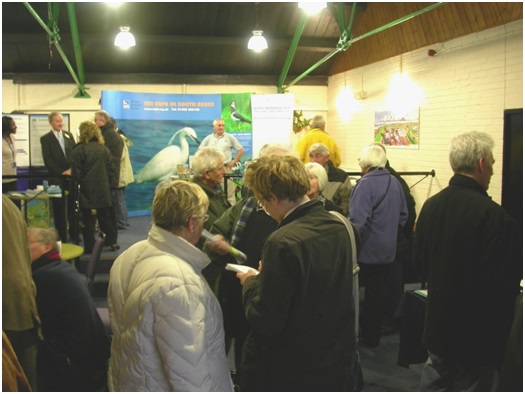Extensive public engagement/consultation during design phase
For Wallasea Island, the public was largely content with creating new habitat in place of low-productivity agricultural land, but objected to the loss of farmland and potential impacts on recreation sailing, oyster fisheries and estuary processes. Another issue was the sense that past generations had worked hard to reclaim these areas from the sea and that this should not be reversed. However, according to the Environment Agency’s flood risk maps, the project estimated that hundreds of years of such reclamations had resulted in thousands of hectares along the Essex coastline that should be inundated. Extensive public engagement and consultation processes were thus carried out during the planning and inception phases of this project to gain understanding and support. Public engagement took place in the form of consultation events, talks to interest groups, site visits for key stakeholders, new updates for involved stakeholders, the establishment of a Local Liaison Group and the appointment of a public engagement manager in April 2010.
Public engagement during the design phase was particularly important to gain public support, as the project entailed destroying productive agricultural land in favor of habitat creation. Targeted outreach and dissemination activities helped to raise awareness and understanding of potential damaging climate change related impacts (i.e. flooding) and the range of benefits which would be offered by the project (e.g. recreational opportunities, flood risk management, increased amenity values etc).
Early and comprehensive consultation are key to ensuring successful implementation and generating public support for many EbA projects, the extent of which depends on the sensitivity of the location and/or proximity of residential areas and socio-economic resources. In the case of Wallasea, early and frequent public consultations required significant education about potential climate change impacts and the risks of sea level rise in order to gain acceptance for the planned project activities.

